Apple Just Released Hundreds of Security Patches for iPhone, iPad, and Mac
60 patches on iOS, and over 120 on macOS.

On Monday, Apple released new software updates for iPhone, iPad, Mac, Apple TV, and Vision Pro. (The watchOS update dropped a day late.) While the focus for each of the updates are fun new features like Priority Notifications or new emoji, the most important changes might be the security patches Apple quietly baked into each.
Apple's latest security patches
Apple actually dropped a lot of updates this week. While iPhone and iPad owners with newer devices might have installed iOS 18.4 and iPadOS 18.4 on their devices, those with older phones and tablets may have received iPadOS 17.7.6, iOS 16.7.11 and iPadOS 16.7.11, or even iOS 15.8.4 and iPadOS 15.8.4. There were three versions of macOS released (Sequoia 15.4, Sonoma 14.7.5, and Ventura 13.7.5), and one update each for visionOS, tvOS, Xcode, Safari, and watchOS.
The security patches included varies greatly depending on which update you're looking at: 16.7.11 and 15.8.4, for example, only patch two bugs each, likely because there are fewer known issues on iOS and iPadOS versions that are this old. That includes a patch for a vulnerability Apple fixed in newer versions of iOS and iPadOS, which lets a bad actor bypass USB Restricted Mode on a locked device. Apple says it is aware this vulnerability was exploited in an "extremely sophisticated attack against specific targeted individuals," so it's great to see this patch reach older versions of iOS and iPadOS.
However, if you have a newer iPhone or iPad, 18.4 patches 60 security vulnerabilities. This includes flaws that could allow bad actors to access sensitive information, view private browsing data in Safari, quietly access your local network, or even start a screen recording without triggering an alert. While that might seem like a lot of patches, macOS Sequoia 15.4 more than doubles that number, issuing over 120 patches with the latest update. These patches address similar issues to those on Apple's mobile OSes, including flaws that expose private and sensitive information, but others specific to macOS: There are seven flaws that potentially allow bad actors to gain root access to your Mac, for example, which would allow these actors to take control of your Mac.
Luckily, none of the patches in the latest versions of iOS, iPadOS, and macOS have known exploits. That means, as far as Apple is publicly disclosing, no bad actors have discovered these flaws and how to use them against targets. Still, it's important to update all of your eligible devices as soon as possible: Now that these flaws are out there, bad actors will eventually figure out how to exploit them. You don't want to expose your sensitive information, or have your iPhone broken into, just because you procrastinated on these updates.
Security patches vs. software updates
Some platforms separate security patches and software updates as two distinct processes. Not Apple. Usually, the company couples security patches and software updates together, which creates some interesting situations. You can have a feature-filled software update that is also full of security patches, a feature-filled software update with few (or no) security patches, or a software update with few (or no) features, and any number of security patches.
This latest patch is that first category: Apple took the opportunity to add its series of security patches to the larger feature releases of OSes like iOS and macOS. However, every now and then, Apple will discover a solo, critical security vulnerability on its platforms. This isn't necessarily Apple's fault: Software inherently contains security vulnerabilities, and the goal is to discover these before bad actors do. However, whenever these security flaws do come to light, it's imperative to push them out to users as quick as possible—especially if that flaw has already been used by bad actors.
These are the times when you see software updates on your iPhone or Mac that look like a weirdly long string of numbers—iOS 18.3.2, for example. iOS 18 is the big update, with all the keynote features; 0.3 is the minor update, that comes with some new features; and while it's possible a 0.0.2 update could come with new features, it usually denotes security patches and bug fixes.
There is an exception to this rule: Apple's Rapid Security Responses. These are strictly security patches—not feature updates—and are deployed when it's absolutely critical to patch a security flaw on customers' devices. You'll know when one of these hits your device, since it not only says "Security Response," but also includes an (a) to denote this isn't a standard update.
This isn't a Security Response, though: This is an update, that just so happens to be a security patch. I know—not confusing at all.
How to install a security patch on your Apple device
Again, these security patches are really just software updates. As such, you can install these patches just as you would any other Apple update. On most Apple devices, you can head to Settings (System Settings for macOS) > General > Software Update, then follow the on-screen instructions to download and install the latest update.







































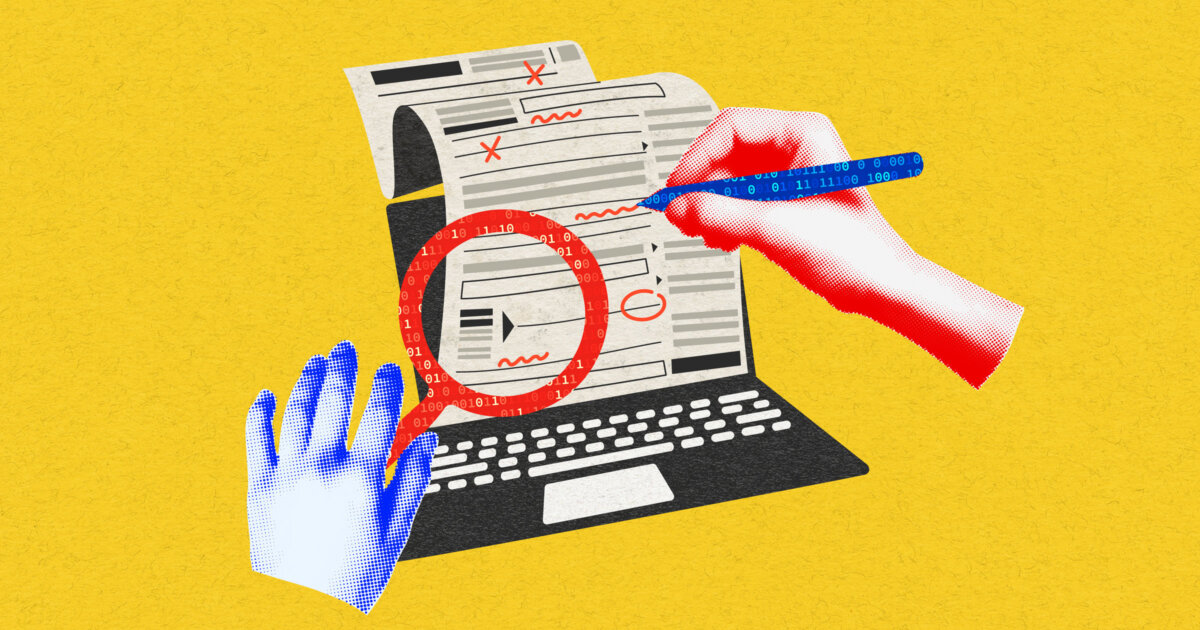






















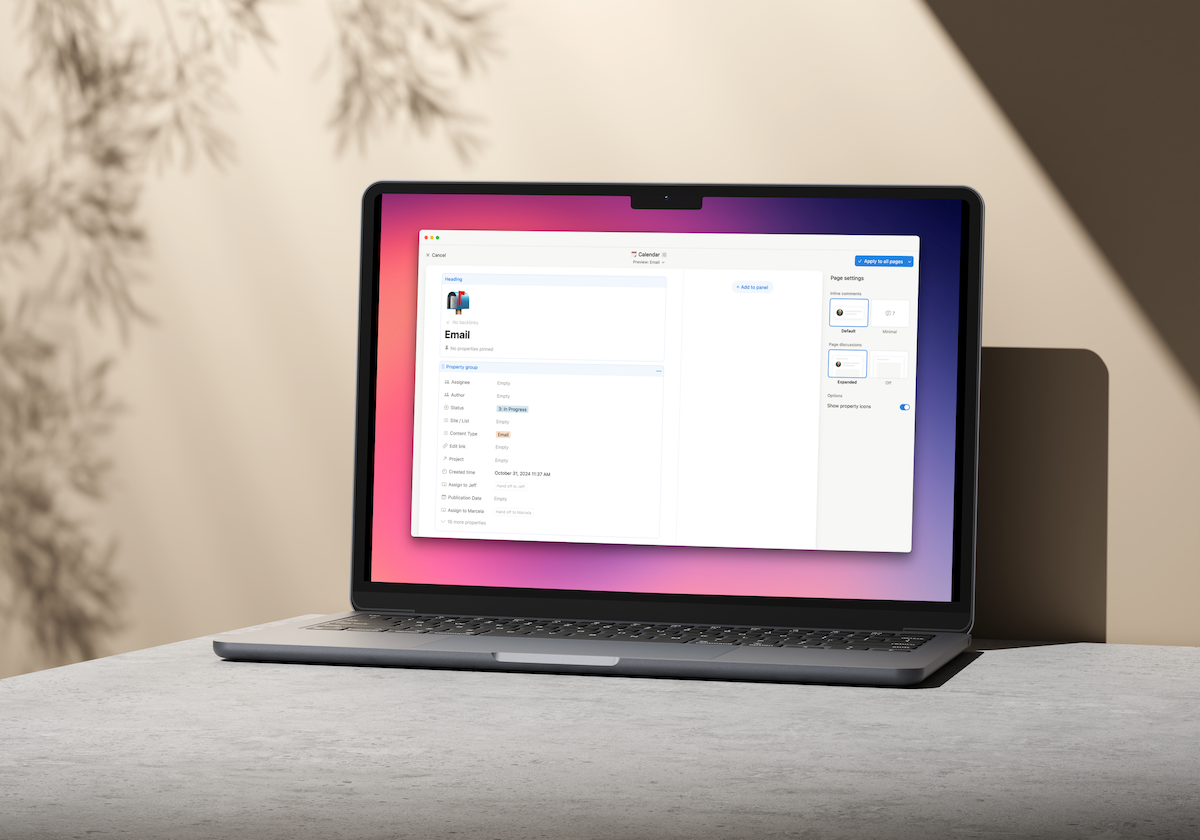















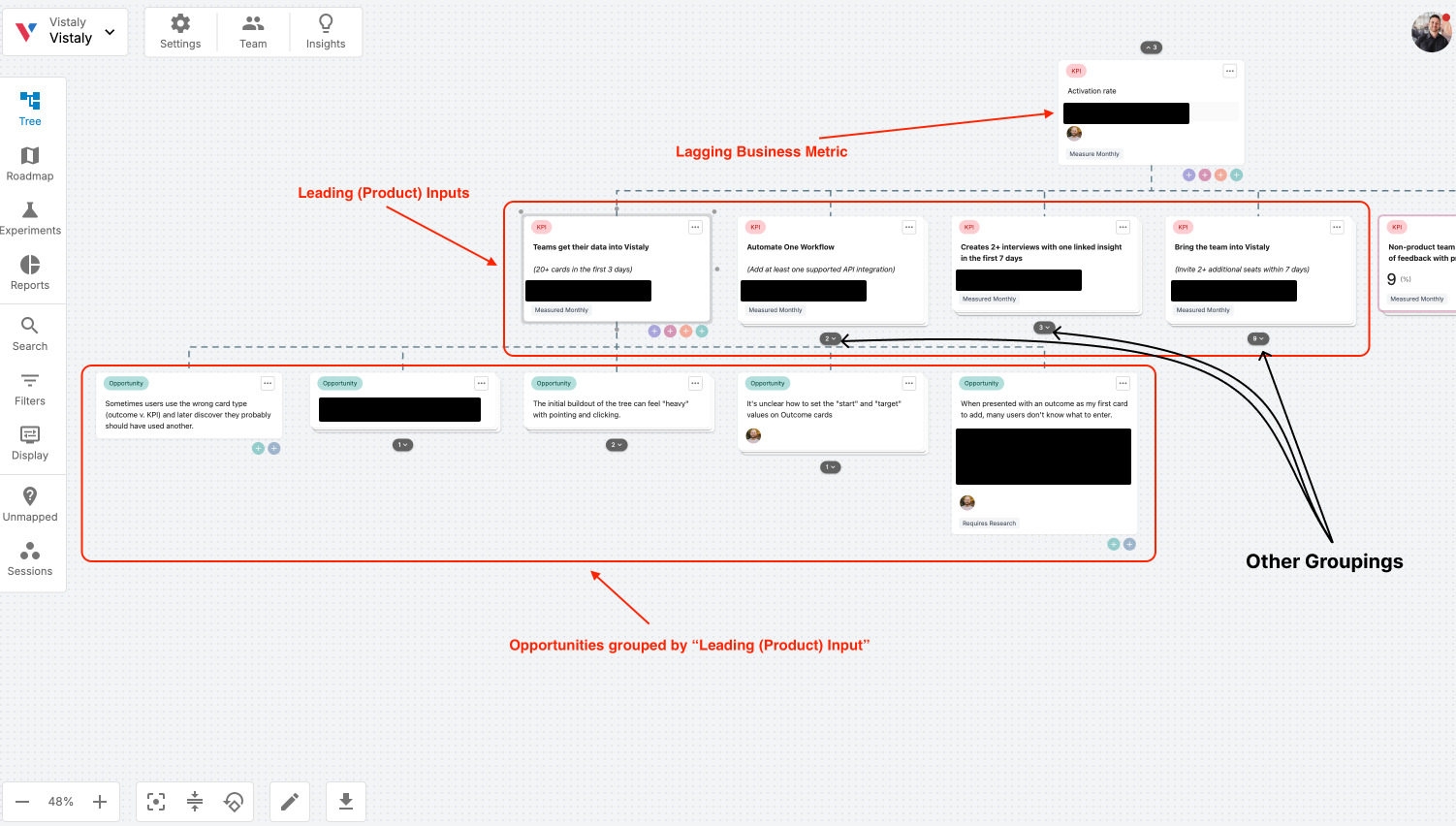
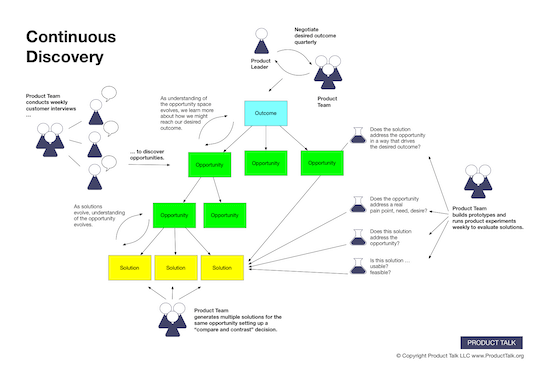














![Building A Digital PR Strategy: 10 Essential Steps for Beginners [With Examples]](https://buzzsumo.com/wp-content/uploads/2023/09/Building-A-Digital-PR-Strategy-10-Essential-Steps-for-Beginners-With-Examples-bblog-masthead.jpg)



![How One Brand Solved the Marketing Attribution Puzzle [Video]](https://contentmarketinginstitute.com/wp-content/uploads/2025/03/marketing-attribution-model-600x338.png?#)





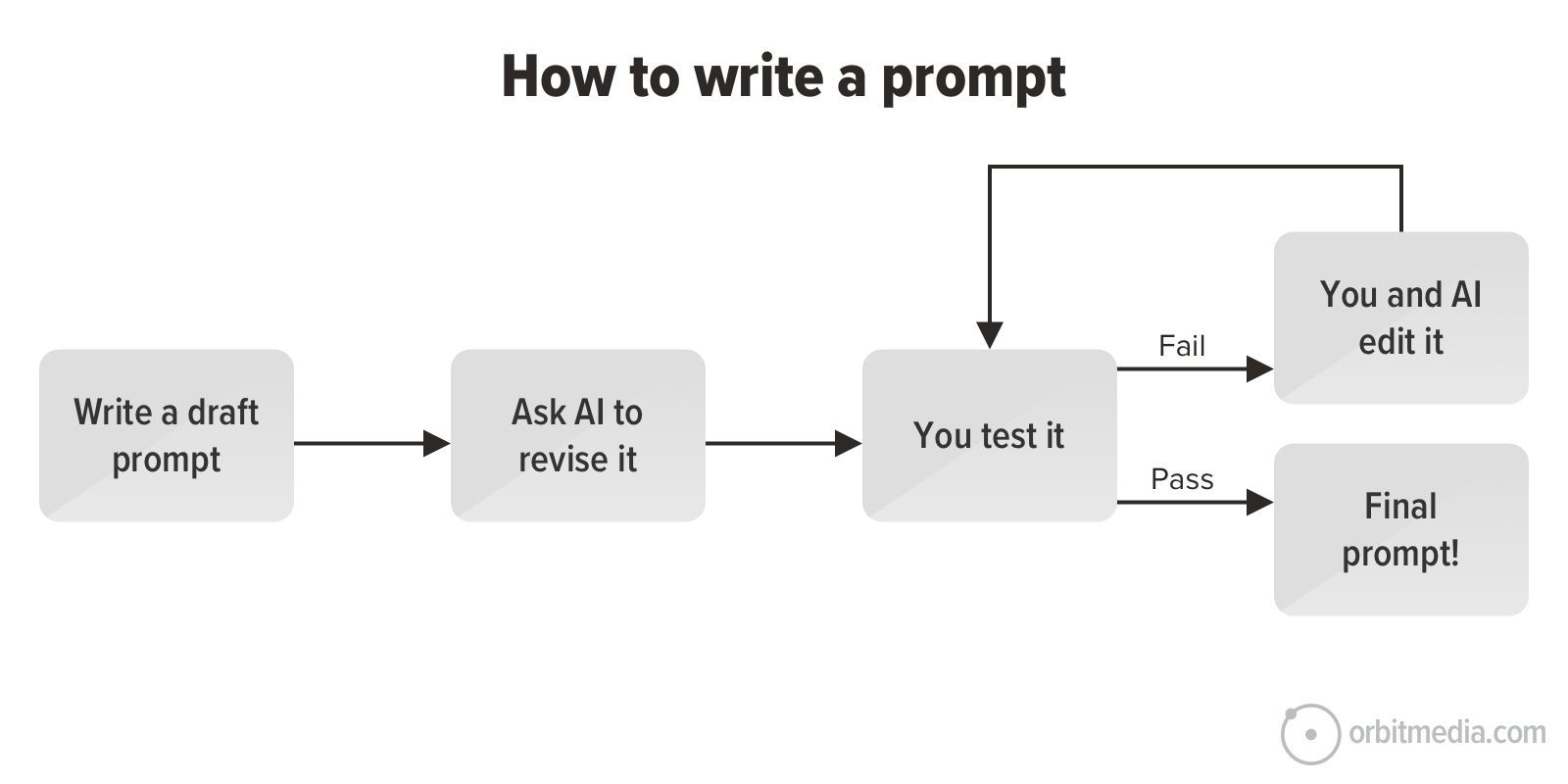
![How to Use GA4 to Track Social Media Traffic: 6 Questions, Answers and Insights [VIDEO]](https://www.orbitmedia.com/wp-content/uploads/2023/06/ab-testing.png)








![[Hybrid] Graphic Designer in Malaysia](https://a5.behance.net/920d3ca46151f30e69b60159b53d15e34fb20338/img/site/generic-share.png)






















